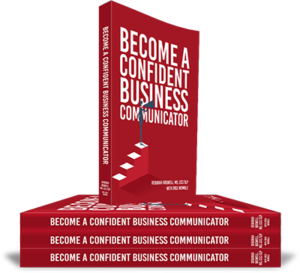With so many meetings and presentations these days taking place on cell phones, conference calls and Skype, take a minute to think about the most neglected side of the two-way communication loop: the listening side.
Are you hurting or helping the communication process?
I just finished a conversation with a speech-language pathologist (SLP) colleague. SLPs are typically gregarious, opinionated and outgoing people. When I have a conversation with another SLP, we tend to fight for airtime, talking over each other, making comparisons and pointing out similarities with additional stories. To be honest, it can be exhausting.
As our conversation began, I made a conscious effort to listen without interruption. It took iron will to close my mouth and listen fully with both ears and my brain. After a prolonged silence on my part, I finally was provided some space to speak. But I quickly realized that the SLP was vocalizing after every comment I made—even interrupting numerous times. I found myself becoming irritated and soon went into defense mode. I’m embarrassed to say that, to prove a point, I anticipated what she was going to say and spoke those words over hers. But I don’t think she even noticed. It was a sorry excuse for a conversation.
When you are on the listening end of a conversation, listen. An occasional and brief acknowledgement that you are listening is fine, but constant, repetitive chatter is distracting and counterproductive.
Being a good listener doesn’t always make the other person listen to you, but it assures a better communication outcome and it’s the right thing to do.


